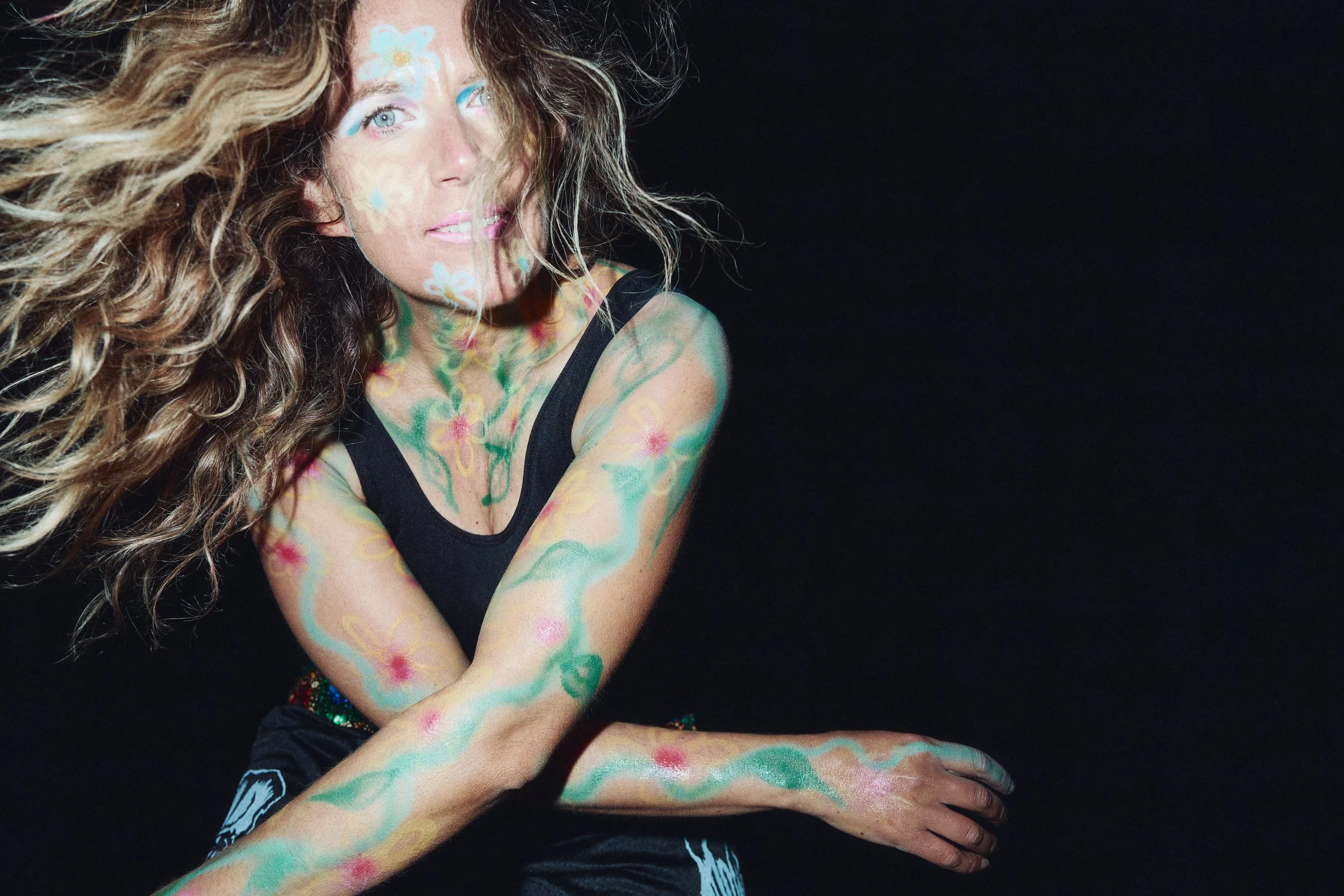NO JOY
Facebook | TWITTER | INSTAGRAM | Spotify | APPLE MUSIC
BIO
Since first arriving on the scene in 2009 with blistering inversions of shoegaze, Montreal’s No Joy has always found formidable ways to reinvent itself. Now solely composed of musician Jasamine White-Gluz, No Joy has evolved over four studio albums and five EPs, defying expectation and genre, and cementing itself as something rare: a band without a category.
Over the years, No Joy has conjured an effortless mix of sound, achieving new heights in the more traditional confines of the shoegaze genre, while veering into heavy metal and even EDM. On the band’s most recent & acclaimed LP Motherhood (2020), we saw No Joy at a fearless crossroads, pulling from every corner the band had mastered before while rocketing itself into another level; a staggering, melancholic tapestry of fuzzy, 90s/early 2000s nu metal and trip hop, faithful shoegaze, and bold lyricism with blunt meditations on femininity, fertility and mortality all while maintaining a sense of humor.
Following the two recent sister releases, No Joy was invited to perform at festivals like Levitation (with Boy Harsher & Drab Majesty), Desert Daze, and notably to acclaimed performing arts festival FME in Abitibi-Témiscamingue, where White-Gluz presented the full string arrangements live. No Joy also headlined in the US/Canada and supported artists like DIIV, Nothing, and Preoccupations. After spending the last few years in the studio, the new album BUGLAND from No Joy is highly anticipated for 2025, which is a testament to White-Gluz’s evolution and her ability to channel a wide variety of tastes into something cohesive that can descend into fine-tuned chaos, then out of that chaos with ease.
Hometown: Montreal, QC
Booking Contact: joey@spaceagencybooking.com

